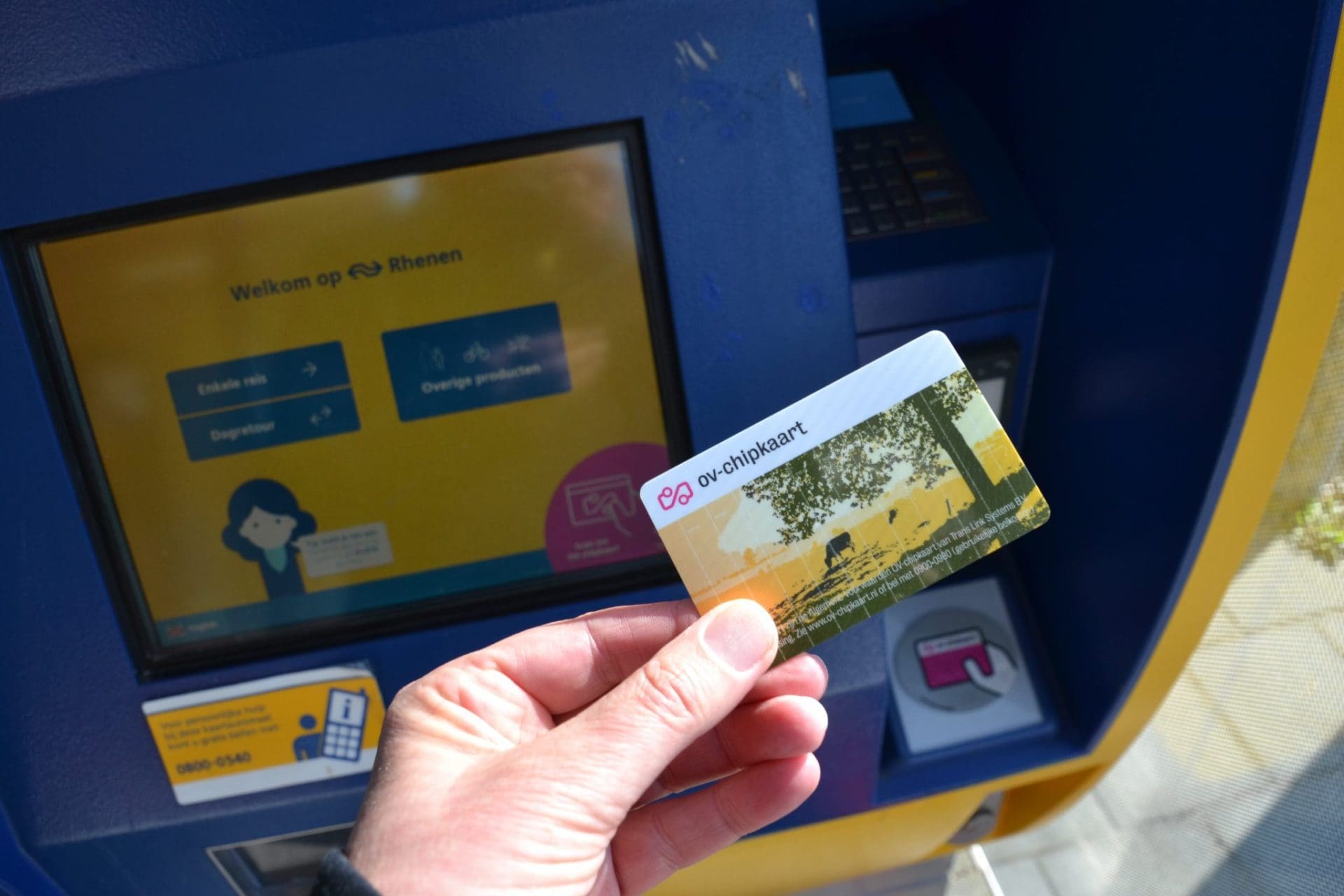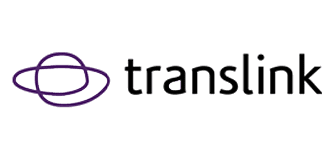How Translink Migrated its Transaction Database to the Cloud without Any Downtime

Challenge
Different types of chip cards, with different expiration dates in a database.
Target Audience
Public transport operators in the Netherlands, travelers, governments and suppliers.
Result
A stable and secure database in Microsoft Azure.
Migration of business-critical systems to the cloud
As a trusted advisor, Info Support relieved Translink of the burden of migrating one of its mission-critical systems to the cloud. The migration makes it easier for the system to handle peak loads and saves Translink time and money in quieter periods. In addition, it is now also easier for Translink to respond quickly and flexibly to new developments.
Modernization centralized user database
Translink’s centralized user database (CUDB) stores all customer transactions. For example: traveler X has traveled at time Y, with a single or combined trip costing Z, resulting in amount Z being debited from the account. This data is not only important for the carriers, it must be made accessible in such a way that travelers themselves can view this information online. The fact that there are different types of chip cards and that things like the expiration date of each card must also be stored in the database makes it a complex system.
According to Ted Straathof, Manager of IT Operations at Translink, the CUDB was in need of modernization: “For us, it was absolutely necessary to renew our CUDB, simply because the technology was outdated.” Moreover, the limit of computer capacity was coming into view. Thereby, it was obvious to move the system to a cloud environment, also because of the possibilities of scalability. For example, it is easy to temporarily switch capacity at peak loads. For example, during rush hour or at the beginning of the new academic year when many new OV-chip cards are issued. But during times when there is less travel, such as now in the COVID-19 era, the system can also run at a fraction of the cost.
For us, it was absolutely necessary to revamp our CUDB, simply because the technology was outdated.Ted Straathof, Manager IT Operations at Translink
Transferring without missing transactions
Info Support deliberately chose an “elevator and shift” strategy. The entire system was first transferred in its entirety to Microsoft Azure. Then a number of improvements were made. “Suppose you implement a technical improvement that turns out wrong, you can fall back on the old system. If you perform both processes at the same time, you often don’t remember where the problem originated,” says William Maas, project manager at Info Support. In doing so, Info Support took a step-by-step approach to the process rather than delivering the project as a big bang. “OV-Nederland cannot afford to miss transactions. With this strategy, we were able to avoid that with certainty. We first converted everything in phases. Then gradually put everything live, with the new system running with the old one. The old system still ran shadow for a short period after which the old system was dismantled.”
Ted Straathof of Translink looks back on this way of working with a positive feeling. “What was essential for us and what Info Support did incredibly well was a quiet and trouble-free build and implementation. The technology was picked up by Info Support and the system was completely rebuilt, without us noticing any adverse consequences on the business side.”
Stable and secure cloud environment
The database is now more stable and makes more efficient use of various resources. “In addition to performance improvements, we realized some necessary improvements around privacy and security. After all, a customer database is a privacy-sensitive system that is no longer in-house. In the public domain, it is possible to add additional layers of security.” This has created a future-proof digital foundation in the cloud in which all processes are integrated.
The new system is much more flexible because components can now be developed, tested and replaced separately. This makes it easier to respond to new developments. With continuous delivery and a well-thought-out DevOps approach, Info Support and Translink have added extra flexibility to the development process. “By jointly discussing the status of the project once every two weeks, it was possible to escalate quickly and continuously give a good indication of where we stood, says Maas. “In doing so, we were as transparent as possible about the possibilities and risks.”
Straathof: “Info Support has done a fantastic job. Both the operation, implementation and management afterwards went flawlessly and provides us with a stable and reliable system. And that without any unforeseen circumstances, annoying side effects or extra costs.”
Info Support has done a fantastic job. Both the operation, implementation and management afterwards went flawlessly and provides us with a stable and reliable system. And that without any unforeseen circumstances, annoying side effects or extra costs.Ted Straathof, Manager IT Operations at Translink
